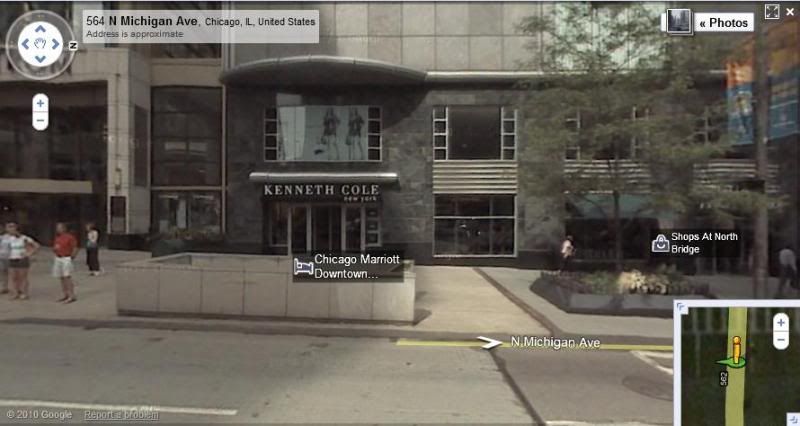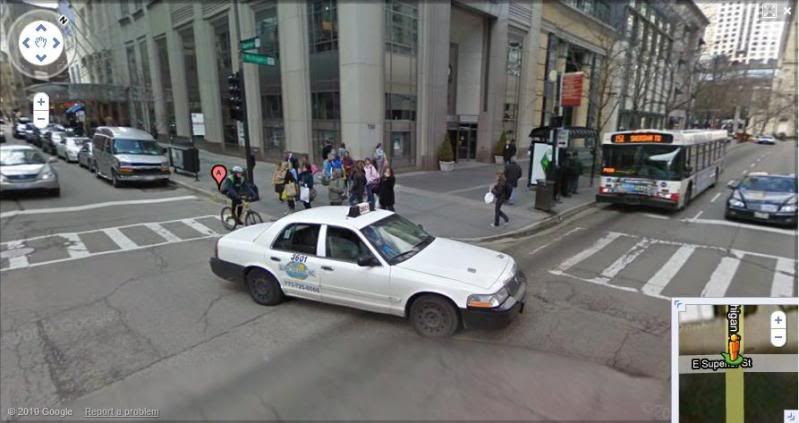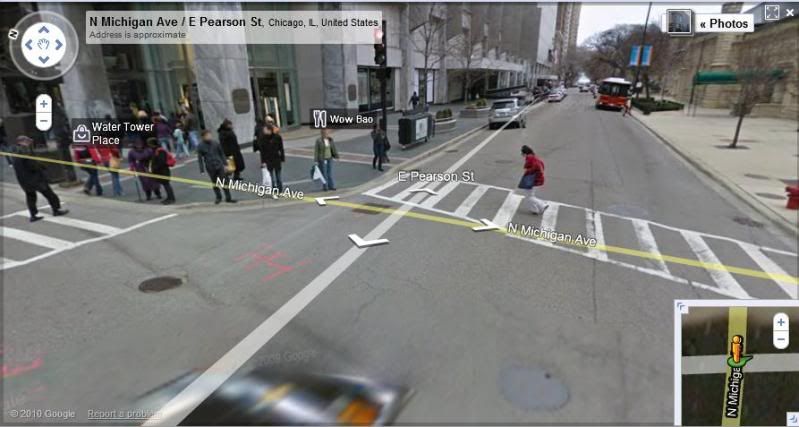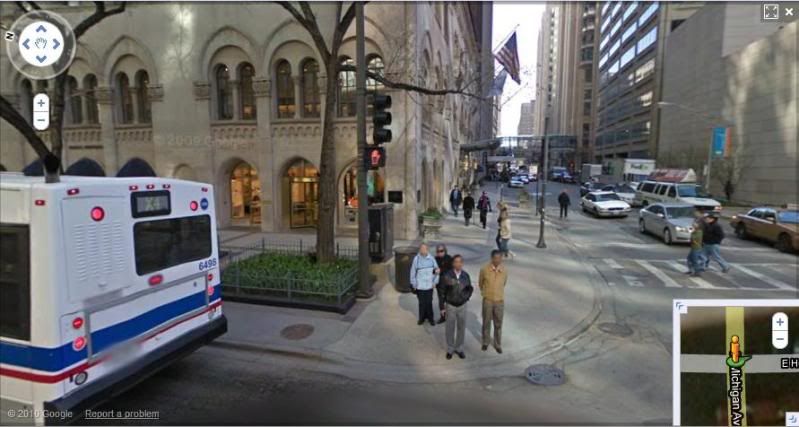AlvinofDiaspar
Moderator
... but, since you seem to enjoy putting people in the hot seat with all these little false 'challenges' of yours, name one major urban thoroughfare in any city comparable to Toronto that looks like this bungled job on Bloor, and then explain to me how it is that Toronto is so haplessly beleaguered that these things just happen so innocently here. I'd love to hear this!
Well, I suppose I won't be able to convince you reality at other cities isn't all hunky dory (or at least perfect) until I show you photographic proof, so here it is - North Michigan Avenue, Chicago. The ne plus ultra of streetscaping and the model for Bloor St. All of these shots are taken from Google maps:







Note that a) there isn't even granite paving all along, b) the concrete paving isn't even consistent and c) streetscape elements (flower beds, etc) isn't consistent. And yet we have constantly been told this is a "superior" model and that no other city does it as badly as our Bloor Street job? Here is the photographic evidence for disproving that particular thesis. Can you now say with honesty that what you see is superior to what we've gotten and that they don't bungle up either?
If you really want to see where Toronto falters along Bloor in this case - it's the architecture, not the streetscaping.
AoD
Last edited: